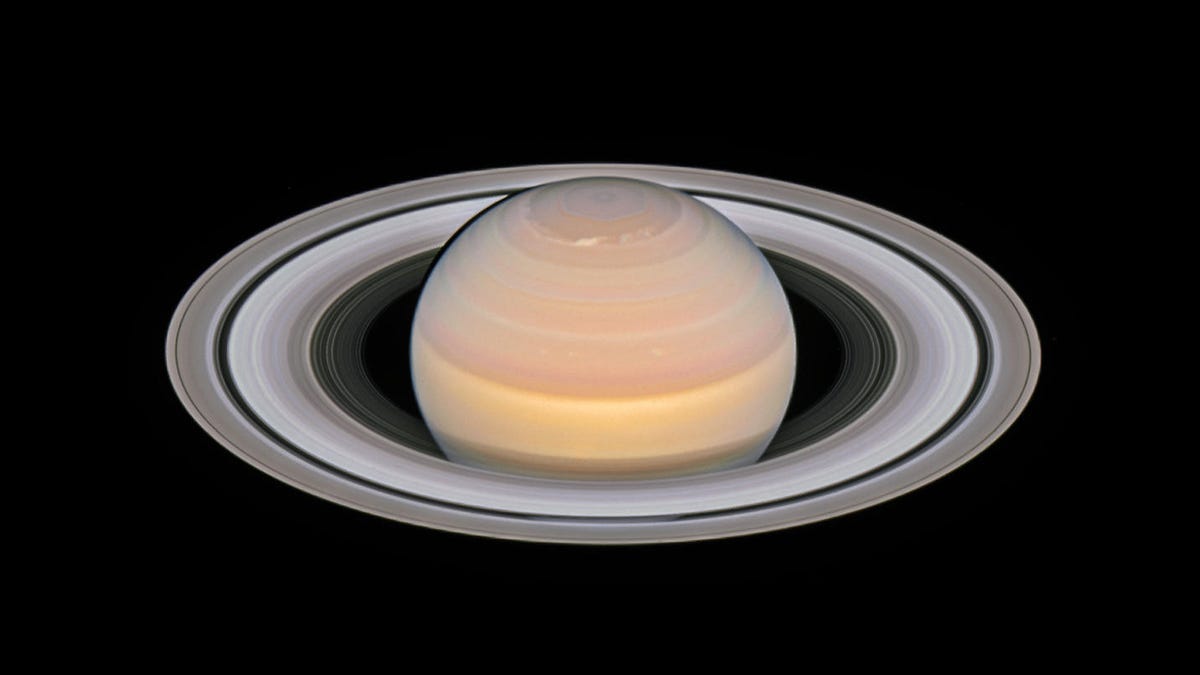Saturn crowned as new 'king of moons' in the solar system
Tough luck, Jupiter. Saturn now has 82 known moons, and we can help name them.
If planets were competitive, Saturn would be taking a fist-pumping victory lap right now.
A team of scientists led by Carnegie Institution for Science astronomer Scott S. Sheppard has found 20 new moons in orbit around Saturn, bringing the planet's total up to 82. Hang your gas-giant head in shame, Jupiter, you only have 79 known moons. Carnegie is now hailing Saturn as the new "king of moons."
These moons have slipped past scientific scrutiny in part due to their small size. Each one is only about 3 miles (5 kilometers) in diameter. Most of them orbit the ringed planet in the opposite direction that it rotates (retrograde). Only three orbit the other way (prograde).
"Studying the orbits of these moons can reveal their origins, as well as information about the conditions surrounding Saturn at the time of its formation," said Sheppard in a release from Carnegie on Monday.
This illustration shows the orbital paths of the 20 newly discovered moons.
The team tracked down the moons using the Subaru telescope in Hawaii. Saturn's impressive total doesn't mean Jupiter is out for the count. The researchers announced the discovery of 12 new moons around Jupiter in 2018. There might be more hiding out around both of these moon-crazy planets.
Carnegie ran a competition to name some of Jupiter's moons, and it will run a similar competition to come up with appropriate names for Saturn's brood. Forget Moony McMoonface, though. The various natural satellites must be named for giants from Inuit, Norse and Gallic mythology.
The International Astronomical Union is the final arbiter of names, so you can review the IAU's naming guidelines before submitting your ideas.
Saturn's moon horde highlights the pace of new space discoveries. From interstellar objects to peering in at the birthplace of twin baby stars, we're learning more about our wacky universe all the time.


